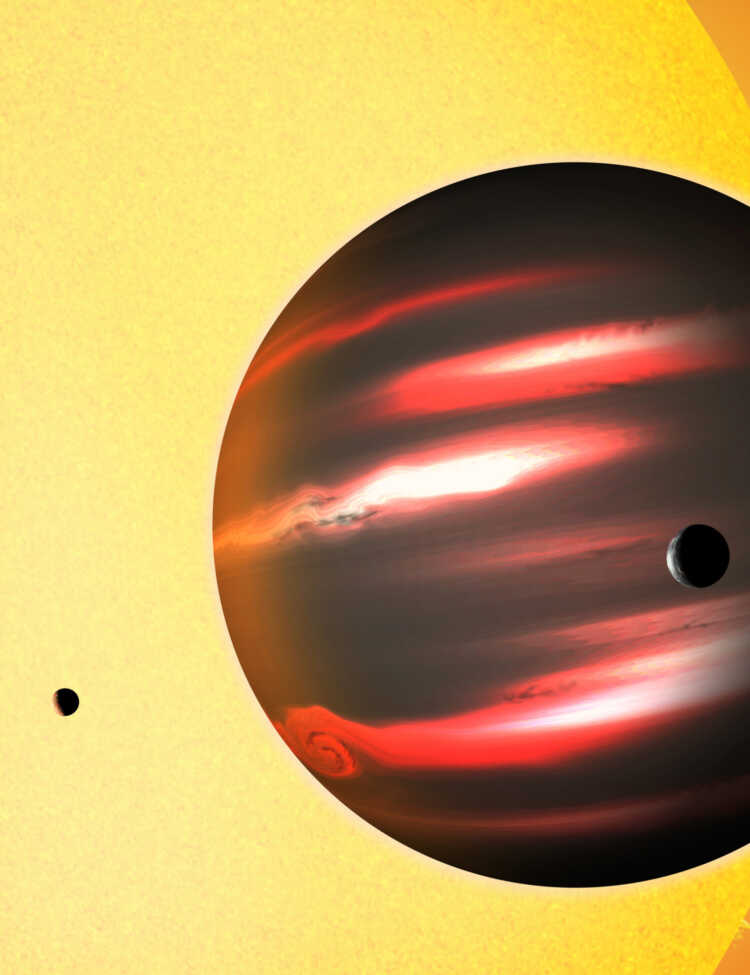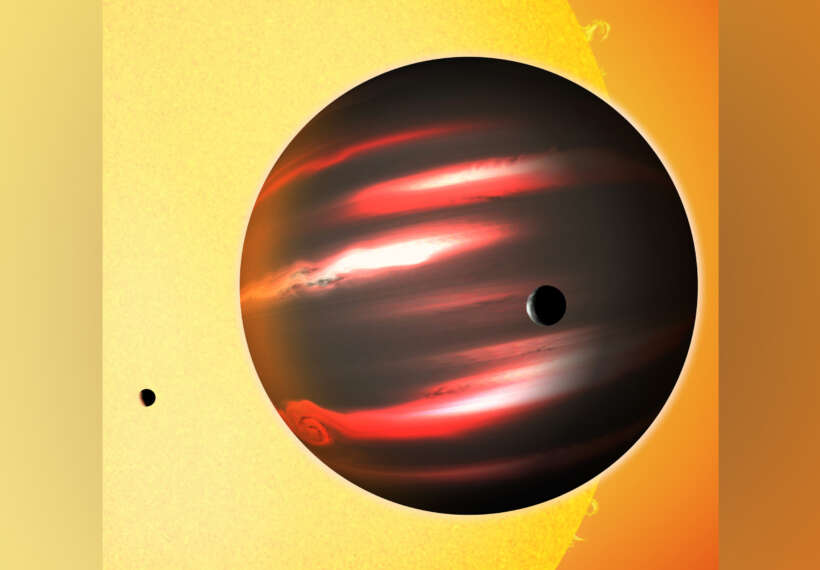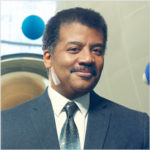About This Episode
What is the weirdest planet ever discovered? Neil deGrasse Tyson and comedian Chuck Nice discover bizarre exoplanets like Erebus, the impacts of living on a habitable moon, hot Jupiters, and more with astronomy professor David Kipping.
What is considered a “cool” world? Learn about David’s Cool Worlds Lab and what he’s learning about planets beyond our solar system. Why are there so many planets that orbit close to their stars? We discuss detection bias, Trojan planets, and the largest planets. What is the biggest planet before you get a star? Also discover hypothetical dark matter planets.
Could there be more habitable moons than habitable planets? We probe the idea of what advanced life would be like on a moon, would they discover the laws of physics sooner? How common are hot Jupiters? Why does Mercury have disproportionately more iron in its composition? What is the most extreme exoplanet David has observed?
Learn about the scientific methods used to find exoplanets and the craziest ring systems in the universe. What would Earth look like to aliens looking at us through a telescope? What would be the first course of action after finding biosignatures? And finally, what big events do we have to look forward to in the future of exoplanet research?
Thanks to our Patrons La Katrrina, rpmckee, Arvinder Singh, David Brown, Mason, and Jesse Wolff for supporting us this week.
NOTE: StarTalk+ Patrons can watch or listen to this entire episode commercial-free.
About the prints that flank Neil in this video:
“Black Swan” & “White Swan” limited edition serigraph prints by Coast Salish artist Jane Kwatleematt Marston. For more information about this artist and her work, visit Inuit Gallery of Vancouver.




 Unlock with Patreon
Unlock with Patreon


 Become a Patron
Become a Patron